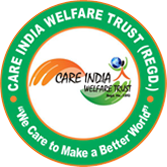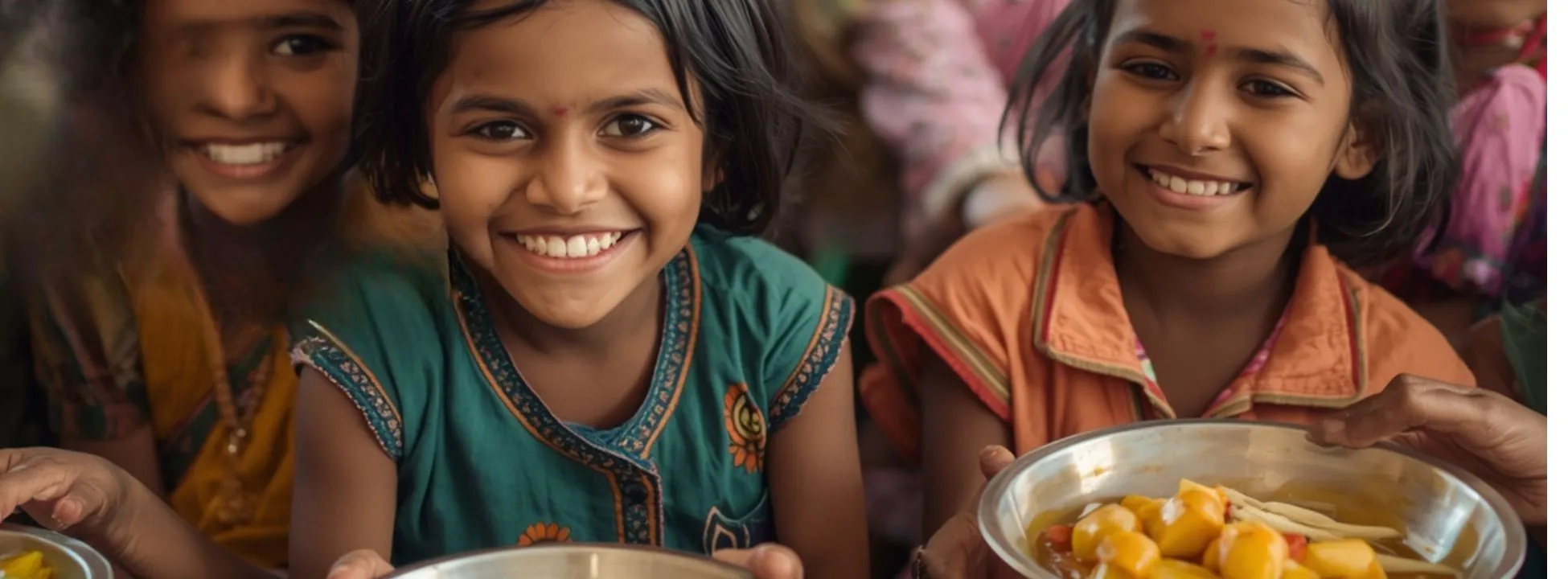Introduction
NGOs in India. India is a land of 1.4 billion people, and it is made up of various ethnic groups. Malnutrition is one of the most difficult challenges that India is facing. Projects for the care India welfare trust. One of the world's most stubborn problems is for Indian children under five.
Old age care India welfare trust. India has one of the highest rates of child malnutrition in the world. The three main nutrition issues, measuring stunted growth, underweight, and wasting, are reported to affect millions of children under five in India, according to recent surveys. Non-profit organisation Welfare Foundation. The problem persists, despite the existence of government programs such as the Mid-Day Meal Programme and the Integrated Child Development Services (ICDS), as well as NGO initiatives.
In this situation, Non-Governmental Organisations (NGOs) take over the responsibility. NGOs, Malnutrition in tribal areas in India, through their on-the-ground operations, are implementing the changes in the government's policies, raising social comprehension, and thus making sure that food is provided to those who are beyond the reach of society. Old age care India welfare trust. Their support has become even more important as an overpopulation of poor, joblessness, and a coronavirus-likе disease situation has led to food insecurity in the country.
In this blog, we are going to discover how NGOs use various tactics to conquer the devastating issues of hunger and malnutrition in India. Hidden hunger in India.a list of actions to be taken, examples of victories, and why their services form a key part of the future of the country.
Understanding Malnutrition in India
- Stunted growth is an issue in almost 35% of Children under the age of 5 years.
- The number of wasted children (under-height for weight) is more than one-fifth of the total children. Poshan Abhiyan.
- Over 50% of women and children living in rural areas are anaemic, healthier, and hunger-free in India
Anganwadi-nutrition programs. The factors causing malnutrition are poverty, lack of knowledge, gender inequality, poor sanitation, and inadequate healthcare services. NGOs fighting hunger in India commit themselves to getting rid of those root causes, while at the same time, they ensure that food is delivered to the homeless without any delay.
How NGOs Are Fighting Hunger and Malnutrition
1. Community Kitchens and Food Distribution
Numerous NGOs run community kitchens that cater to children, daily wage earners, and the homeless, feeding those who can get free or low-cost meals. Through such initiatives, the society becomes a place where no one can starve.
2. Nutrition Awareness Campaigns
The lack of proper nutrition knowledge is one of the major issues. NGOs run health education programs for mothers and other caregivers, teaching them how important it is to breastfeed, use complementary feeding, and eat food that is rich in nutrients and available locally.
3. School Nutrition Programs
How NGOs in India are fighting malnutrition. Along with government initiatives, NGOs improve the mid-day meal programs by providing special diets consisting of milk, fruit, or fortified food. Not only does it raise the nutrition levels for kids, but it also has an effect on school enrollment.
4. Fortified and Supplementary Foods
Some organisations may partner with medical specialists to produce fortified foods, such as those provided by Food Security India. (for example, iron, iodine, or vitamins added to staples) that target the lack of certain nutrients. Pregnant women, lactating mothers, and malnourished children are given supplementary nutrition packets.
5. Health Camps and Medical Support
Donate food. NGOs hold health camps regularly to identify malnourished children and provide medical help if needed. Besides that, the deworming tablets and the vitamin supplements are also distributed at these camps.
6. Empowering Women for Better Nutrition
Women, most of the time, form the nutritional backbone of the family. food donation
Through female economics, microfinance, and training, the NGO plays a role. NGOs are making sure that families will simultaneously have both the money and the knowledge to consume healthier food derived from the lifestyle that has been undertaken.
7. Emergency Response During Disasters
Non-Governmental Organisations (NGOs) are generally at the forefront in crises caused by natural disasters and pandemics. Besides emergency food packets, they also provide ready-to-eat meals and necessary materials to the people affected. Being fast and having local contacts are factors that make them more efficient compared to a lot of bigger institutions.
Success Stories: How NGOs Are Making an Impact
- Akshaya Patra Foundation: Operates one of the world’s largest mid-day meal programs, providing healthy meals to millions of schoolchildren every day.
- Care India: Concentrates on providing maternal and child health with nutrition education through supplementary foods.
- Save the Children: dedicated to dealing with child malnutrition through the provision of healthcare and awareness programs in remote areas.
- Goonj: Not only supplies food to the needy but also relates the distribution of food with community development programs that can be self-reliant.
These success stories demonstrate NGOs’ employment of different methods that range from huge food distribution programs to carefully targeted nutritional interventions to collectively battle hunger.
The Dark Side of NGO's Fight against Hunger
NGOs are confronted with the following problems in the middle of their struggle:
- Lack of funds: Continuity of large-scale feeding programs requires stable support from donors.
- Accessibility issues: It is not always easy to get to the remote rural and tribal areas.
- Influence of culture: The predominance of traditional diets and taboos in a society sometimes acts as a barrier to the nutritional enhancement of the people.
- Coordination gaps: Noncooperative relations between government bodies and NGOs lead to budget inefficiency.
Why We NEED NGOs To Do This
NGOs supporting food security in India. Actually, NGOs are not only the source of services; they are the keepers of change. Their deep insight into the locales means just the right solutions are put in place for the distinct needs of the communities. Child malnutrition in India. Unlike standard government programs, NGOs have the freedom to be creative and adaptable at lightning speed. By persuading local people to participate in their programs, NGOs get guaranteed sustainability and long-term benefits.
In addition, NGOs are the connection between the government, international donors, and vulnerable communities. They also introduce reliability, openness, and grassroots-level feedback.
The Way Forward: Building a Hunger-Free India
To eradicate malnutrition in India, the nation must implement a detailed plan of action, such as: NGO–Government Partnerships need to be strengthened; Collaboration can have a large-scale impact.
Use Technology to your advantage: The use of technology, such as AI, apps, and the efficient use of data, not only can locate the malnourished but also make the distribution of the relief quicker and more dependable.
Conclusion
The state of hunger and malnutrition is still one of India’s biggest problems, yet NGOs have demonstrated that change is achievable.NGO role. NGOs, through their community-based interventions, awareness campaigns, and food distribution networks, are supporting the construction of a healthier, hunger-free India.
The task, however, is not possible for NGOs alone to accomplish. The work must go through a united front of government institutions, businesses, local communities, and individuals. NGOs — through giving money, volunteering time, or even just talking about it — are a very direct way that citizens can help bring an end to hunger.
As Mahatma Gandhi once wisely put it, "The best way to find yourself is to lose yourself in the service of others." NGO support is the step we take when we become one step closer to no hungry child in the world, and every Indian gets not only the right to existence but to live a life of dignity and health.
FAQs
How do NGOs help fight malnutrition in India?
NGOs help by running community kitchens, distributing nutritious meals, organising health camps, spreading awareness about balanced diets, and providing supplementary nutrition to children, pregnant women, and lactating mothers.
Why is malnutrition still a major issue in India?
Malnutrition persists due to poverty, lack of awareness, gender inequality, poor sanitation, and limited access to healthcare and nutritious food. Even though government schemes exist, many vulnerable communities remain underserved, which is why NGOs play a vital role.
What are some examples of NGOs fighting hunger in India?
Prominent NGOs include Akshaya Patra Foundation (mid-day meals), Care India (maternal and child nutrition programs), Save the Children (child malnutrition interventions), and Goonj (community-driven food aid programs).

